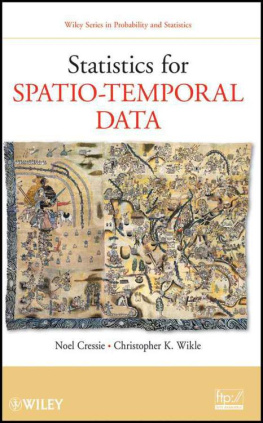EXPERIMENTAL STATISTICS
EXPERIMENTAL STATISTICS
Mary Gibbons Natrella
National Bureau of Standards
DOVER PUBLICATIONS, INC.
Mineola, New York
Bibliographical Note
This Dover edition, first published in 2005, is an unabridged republication of the work originally published by the National Bureau of Standards, Washington, D. C., in 1963. That work, published as National Bureau of Standards Handbook 91, was a reprint of the Experimental Statistics portion of the AMC Handbook by permission of the Army Materiel Command. (See the Preface and Foreword for further bibliographical details).
Library of Congress Cataloging-in-Publication Data
Natrella, Mary Gibbons.
Experimental statistics / Mary Gibbons Natrella.
p. cm.
Originally published: Washington, D.C. : U.S. Dept. of Commerce, National Bureau of Standards, 1963, in series: National Bureau of Standards handbook; 91.
Includes bibliographical references and index.
ISBN 0-486-43937-2 (pbk.)
1. Mathematical statisticsHandbooks, manuals, etc. 2. Experimental designHandbooks, manuals, etc. I. Title.
QA276.25N38 2005
519.57dc22
2004058243
Manufactured in the United States of America
Dover Publications, Inc., 31 East 2nd Street, Mineola, N.Y. 11501
Preface
This Handbook brings together in a single volume material on experimental statistics that was previously printed for limited distribution as U.S. Army Ordnance Pamphlets ORDP 20110, 20111, 20112, 20113, and 20114. These pamphlets are parts of the AMC Engineering Design Handbook series now under the jurisdiction of the Army Materiel Command. Future issues by the Army Materiel Command for its own use will be in the AMCP706 series.
The material contained in the present publication was prepared in the Statistical Engineering Laboratory, National Bureau of Standards, under a contract with the former Office of Ordnance Research (now Army Research OfficeDurham). Although originally developed with the needs of the Army in mind, it promises to be equally useful to other groups concerned with research and development, both within and outside the Government. To make this material more widely available to such groups, Experimental Statistics is now being published as a National Bureau of Standards Handbook for sale to the public through the Superintendent of Documents, U.S. Government Printing Office.
F. S. B ESSON , J R .,
Lt. Gen. U.S. Army, Commanding,
Army Materiel Command. | A. V. A STIN , Director,
National Bureau of Standards. |
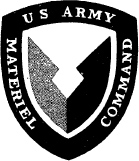
| 
|
ERRATA NOTICE
The original printing of this Handbook (August 1963) contained a few errors that have been corrected in the reprinted editions. These corrections are marked with an asterisk (*) for identification. The errors occurred on the following pages: 410, 63, 614, 618, 627, 629, 630, 636, 126, T14 and T15 (Table A7), and T80 and T81 (Table A35).
FOREWORD
INTRODUCTION
This is one of a group of handbooks covering the engineering information and quantitative data needed in the design, development, construction, and test of ordnance equipment which (as a group) constitute the Ordnance Engineering Design Handbook.
PURPOSE OF HANDBOOK
The Handbook on Experimental Statistics has been prepared as an aid to scientists and engineers engaged in Army Ordnance research and development programs, and especially as a guide and ready reference for military and civilian personnel who have responsibility for the planning and interpretation of experiments and tests relating to the performance of Army Ordnance equipment in the design and developmental stages of production.
SCOPE AND USE OF HANDBOOK
This Handbook is a collection of statistical procedures useful in ordnance applications. It is presented in five sections, viz:
ORDP 20-110, )
ORDP 20-111, )
ORDP 20-112, )
ORDP 20-113, )
ORDP 20-114, , Tables
.
An understanding of a few basic statistical concepts, as given in , is necessary; otherwise each of the first four sections is largely independent of the others. Each procedure, test, and technique described is illustrated by means of a worked example. A list of authoritative references is included, where appropriate, at the end of each chapter. Step-by-step instructions are given for attaining a stated goal, and the conditions under which a particular procedure is strictly valid are stated explicitly. An attempt is made to indicate the extent to which results obtained by a given procedure are valid to a good approximation when these conditions are not fully met. Alternative procedures are given for handling cases where the more standard procedures cannot be trusted to yield reliable results.
The Handbook is intended for the user with an engineering background who, although he has an occasional need for statistical techniques, does not have the time or inclination to become an expert on statistical theory and methodology.
The Handbook has been written with three types of users in mind. The first is the person who has had a course or two in statistics, and who may even have had some practical experience in applying statistical methods in the past, but who does not have statistical ideas and techniques at his fingertips. For him, the Handbook will provide a ready reference source of once familiar ideas and techniques. The second is the person who feels, or has been advised, that some particular problem can be solved by means of fairly simple statistical techniques, and is in need of a book that will enable him to obtain the solution to his problem with a minimum of outside assistance. The Handbook should enable such a person to become familiar with the statistical ideas, and reasonably adept at the techniques, that are most fruitful in his particular line of research and development work. Finally, there is the individual who, as the head of, or as a member of a service group, has responsibility for analyzing and interpreting experimental and test data brought in by scientists and engineers engaged in ordnance research and development work. This individual needs a ready source of model work sheets and worked examples corresponding to the more common applications of statistics, to free him from the need of translating textbook discussions into step-by-step procedures that can be followed by individuals having little or no previous experience with statistical methods.
It is with this last need in mind that some of the procedures included in the Handbook have been explained and illustrated in detail twice : once for the case where the important question is whether the performance of a new material, product, or process exceeds an established standard; and again for the case where the important question is whether its performance is not up to the specified standards. Small but serious errors are often made in changing greater than procedures into less than procedures.
AUTHORSHIP AND ACKNOWLEDGMENTS
The Handbook on Experimental Statistics was prepared in the Statistical Engineering Laboratory, National Bureau of Standards, under a contract with the Office of Ordnance Research. The project was under the general guidance of Churchill Eisenhart, Chief, Statistical Engineering Laboratory.
Most of the present text is by Mary G. Natrella, who had overall responsibility for the completion of the final version of the Handbook. The original plans for coverage, a first draft of the text, and some original tables were prepared by Paul N. Somerville. is based on a nearly-final draft by Mary L. Epling.
Next page
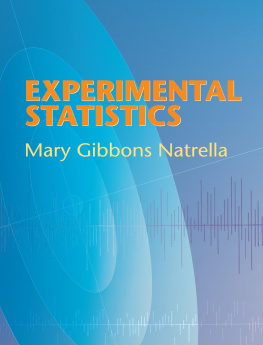

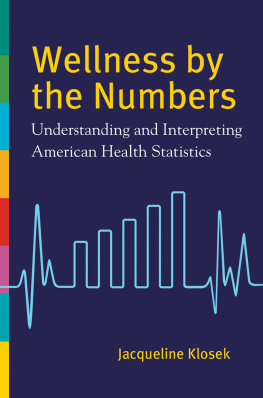

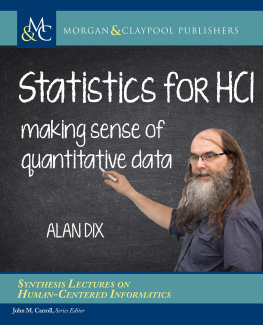
![Daniel A. McGrath Ph.D. [Daniel A. McGrath Ph.D.] - Quantitative Analysis for System Applications: Data Science and Analytics Tools and Techniques](/uploads/posts/book/119603/thumbs/daniel-a-mcgrath-ph-d-daniel-a-mcgrath-ph-d.jpg)

